Overview
The temporal bone is an irregular bone on the lateral, inferior aspect of the vault. Its position near the SBS makes it an important element in regulating craniosacral motion. The temporal bone is described a bit differently from text to text but is usually described as having five parts:
- Mastoid body
- Styloid process
- Squama
- Petrous portion
- Tympanic cylinder
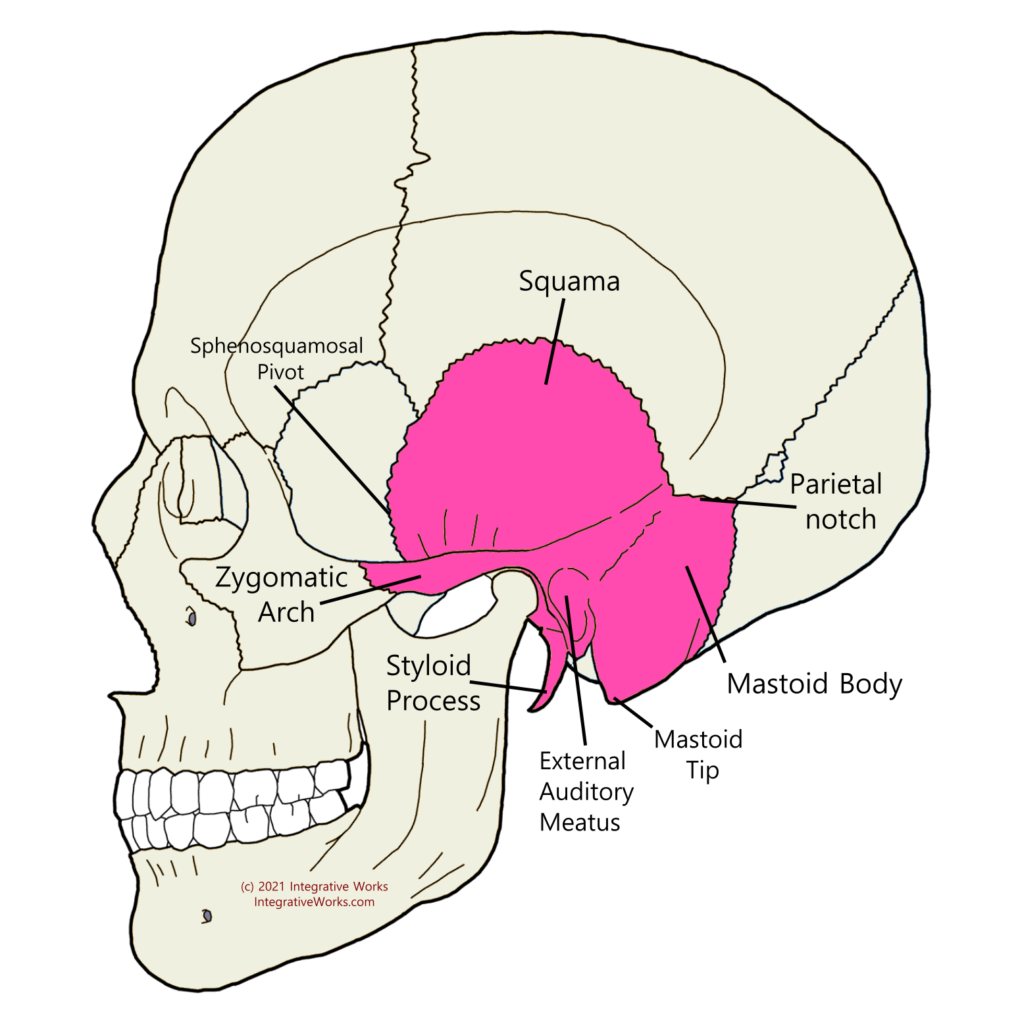
Temporal Bone Parts
- The mastoid (“breast”) body is a convex mass on the posterior, inferior portion of the bone. The internal surface has a deep groove for the sigmoid sinus. It also has a prominent tip on the inferior, anterior aspect where 4 large muscles attach: sternocleidomastoid, longissimus capitis, digastric, and splenius capitis. The superior aspect has a notch for the parietal bone that is pivoted and beveled.
- The squamous has a large flat portion that extends anteriorly to a beveled edge. This edge articulates with the parietal bone. Note that the mandibular fossa and articular tubercle are on the inferior aspect of the squamous portion.
- The zygomatic arch projects forward to articulate with the zygomatic bone.
- The styloid process is a tooth-like structure. It articulates to the temporal between the mastoid body and petrous portion in a gomphosis joint. The length varies and it is the attachment for the stylohyoid ligament and three muscles; styloglossus, stylohyoid, and stylopharyngeus.
- The tympanic cylinder opens laterally at the external auditory meatus. It is capped medially by the tympanic membrane and connects anteriorly to the auditory tube.
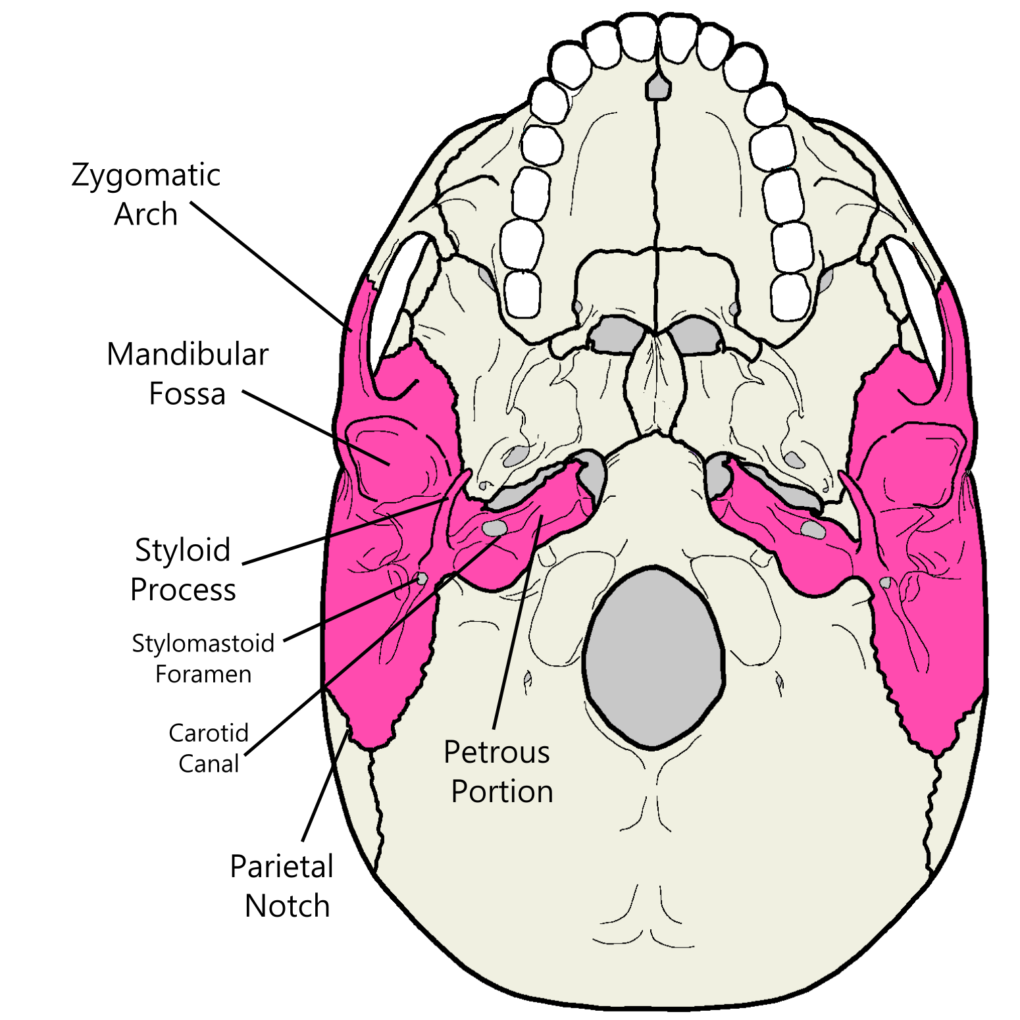
- The petrous portion is the dense bone that projects toward the SBS. It contains the inner ear. On the medial surface is the opening for the internal auditory meatus. Just medial to the styloid process is the carotid canal. Behind the styloid process is the stylomastoid foramen, where the facial nerve exits and the styloid portion of the posterior auricular artery enter. The cartilaginous portion of the auditory tube attaches inferiorly.
- Mastoid air cells are located below the atrium in the mastoid process, the squama, and the apex of the petrous portion.
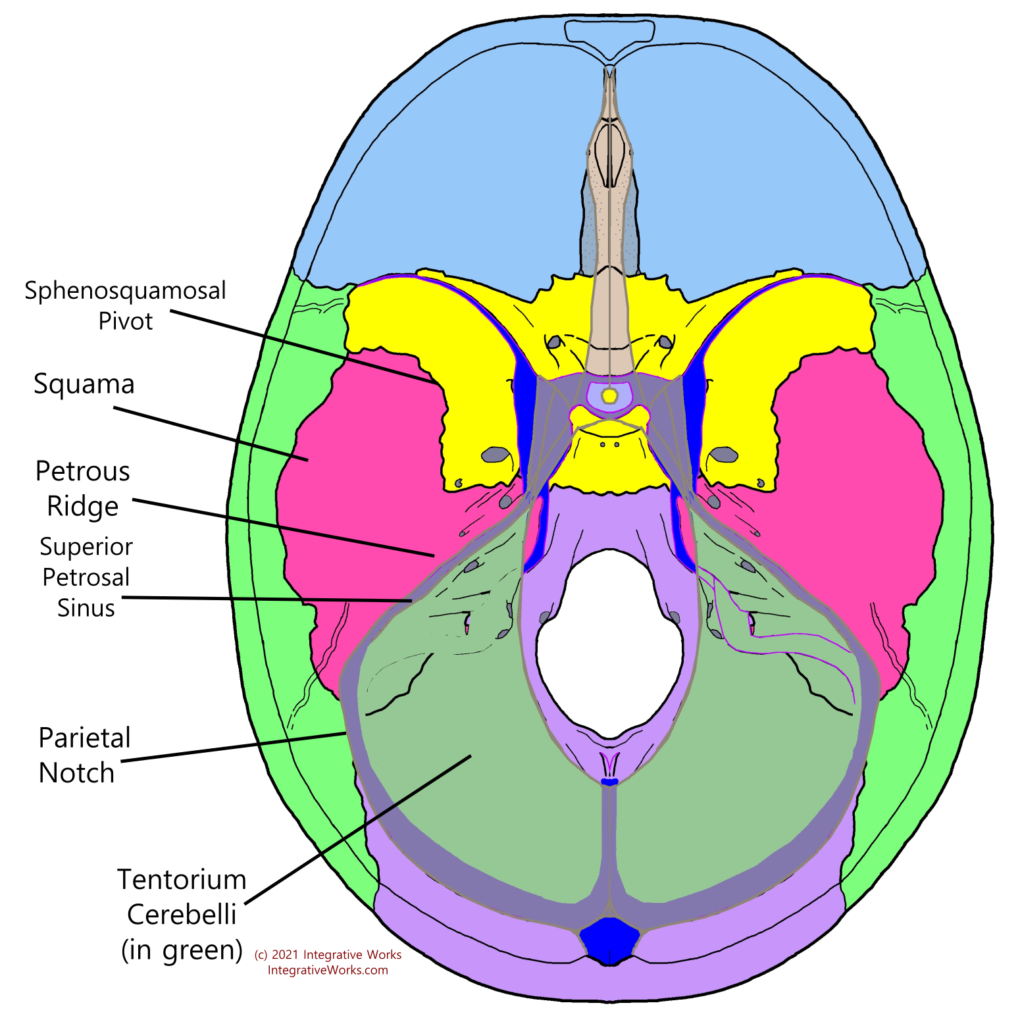
Dural Attachments
- The fixed border of the tentorium cerebelli attaches along the superior petrous ridge. The inner and outer layers of the dural membrane separate and attach along either side of the groove of the petrosal sinus from asterion to the petrous apex.
- The free border of the tentorium cerebelli attaches to the fixed border as it crosses the petrous apex.
- The inner and outer layers of the dural membrane separate to accommodate the sigmoid venous sinus along the occipitomastoid suture.
Motion
The temporal bone is driven into flexion as the basilar portion of the occiput rises and drives a wedge between the bilateral petrous portions. The temporal bone rotates on an axis along the petrous ridge.
- The superior aspect of the petrous portion rolls anteriorly and laterally, carrying the attachment of the tentorium.
- The superior border of the squama moves anteriorly and laterally.
- The mastoid tip moves medially and posteriorly.
Temporal Bone Anatomy Review
Related Posts
Articulations
Sphenoid
- The petrosal portion of the dorsum sella articulates with the petrous apex of the temporal bone in a syndesmosis joint.
- The posterior border of the greater wing articulates with the anterior border of the petrous portion of the temporal bone in a cartilaginous joint.
- The posterior portion of the sphenoid wing articulates with the anterior and inferior portion of the temporal squama in a squamoserrate joint. In the lower portion, the sphenoid overlays the temporal bone. However, in the superior portion, the temporal bone overlaps the sphenoid. The pivot in between these opposed bevels is the sphenosquamosal pivot.
Occiput
- The mastoid body of the temporal bone articulates with the mastoid border of the occiput in the occipitomastoid suture. The occiput overlaps the mastoid body on the superior portion and the mastoid body overlaps the occiput on the inferior half. The central pivot is known as the condylosquamomastoid (CSM) pivot.
- The jugular process of the occiput articulates with a groove on the temporal bone to create a fulcrum and pivot that accommodates torsion and side bending rotation.
- A ridge on the lateral basilar occiput articulates with a groove in the petrosal apex of the temporal bone in a tongue and groove joint.
Parietal
- The superior squamosal border of the temporal bone articulates with the inferior edge of the parietal bone in a broad, beveled, gliding suture. The temporal and parietal have a broad overlap that accommodates the lateral expansion and contraction of the cranium.
- The mastoid portion of the temporal bone articulates with the posterior parietal notch in an irregular suture that accommodates rocking, rotary, and undulating mobility.
Zygoma
- The zygomatic process of the temporal bone articulates with the temporal process of the zygoma in a serrated suture with a pivot to accommodate rocking.
Mandible
- See the post on the Temporomandibular Joint.
Support Integrative Works to
stay independent
and produce great content.
You can subscribe to our community on Patreon. You will get links to free content and access to exclusive content not seen on this site. In addition, we will be posting anatomy illustrations, treatment notes, and sections from our manuals not found on this site. Thank you so much for being so supportive.
Cranio Cradle Cup
This mug has classic, colorful illustrations of the craniosacral system and vault hold #3. It makes a great gift and conversation piece.
Tony Preston has a practice in Atlanta, Georgia, where he sees clients. He has written materials and instructed classes since the mid-90s. This includes anatomy, trigger points, cranial, and neuromuscular.
Question? Comment? Typo?
integrativeworks@gmail.com
Follow us on Instagram

*This site is undergoing significant changes. We are reformatting and expanding the posts to make them easier to read. The result will also be more accessible and include more patterns with better self-care. Meanwhile, there may be formatting, content presentation, and readability inconsistencies. Until we get older posts updated, please excuse our mess.

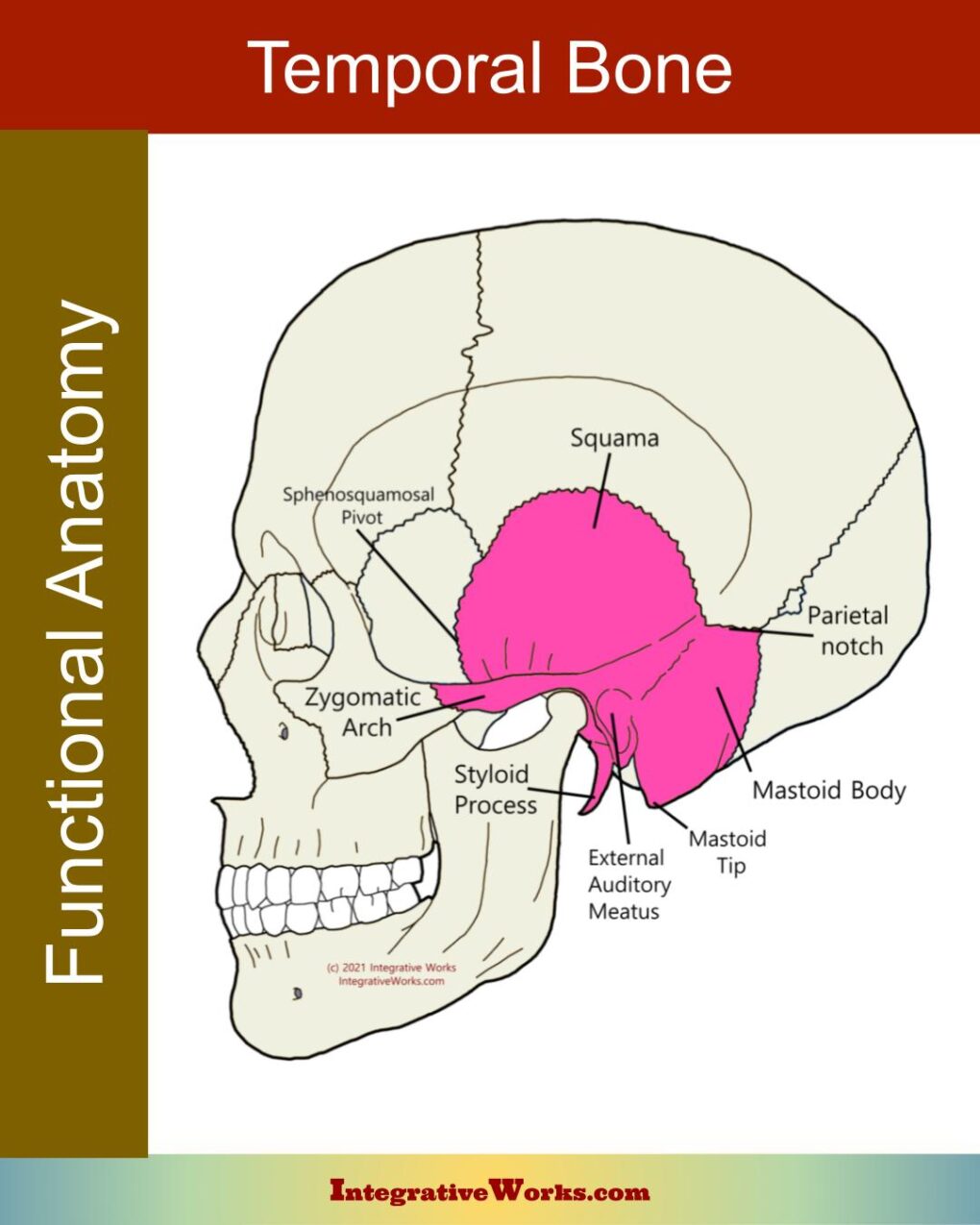
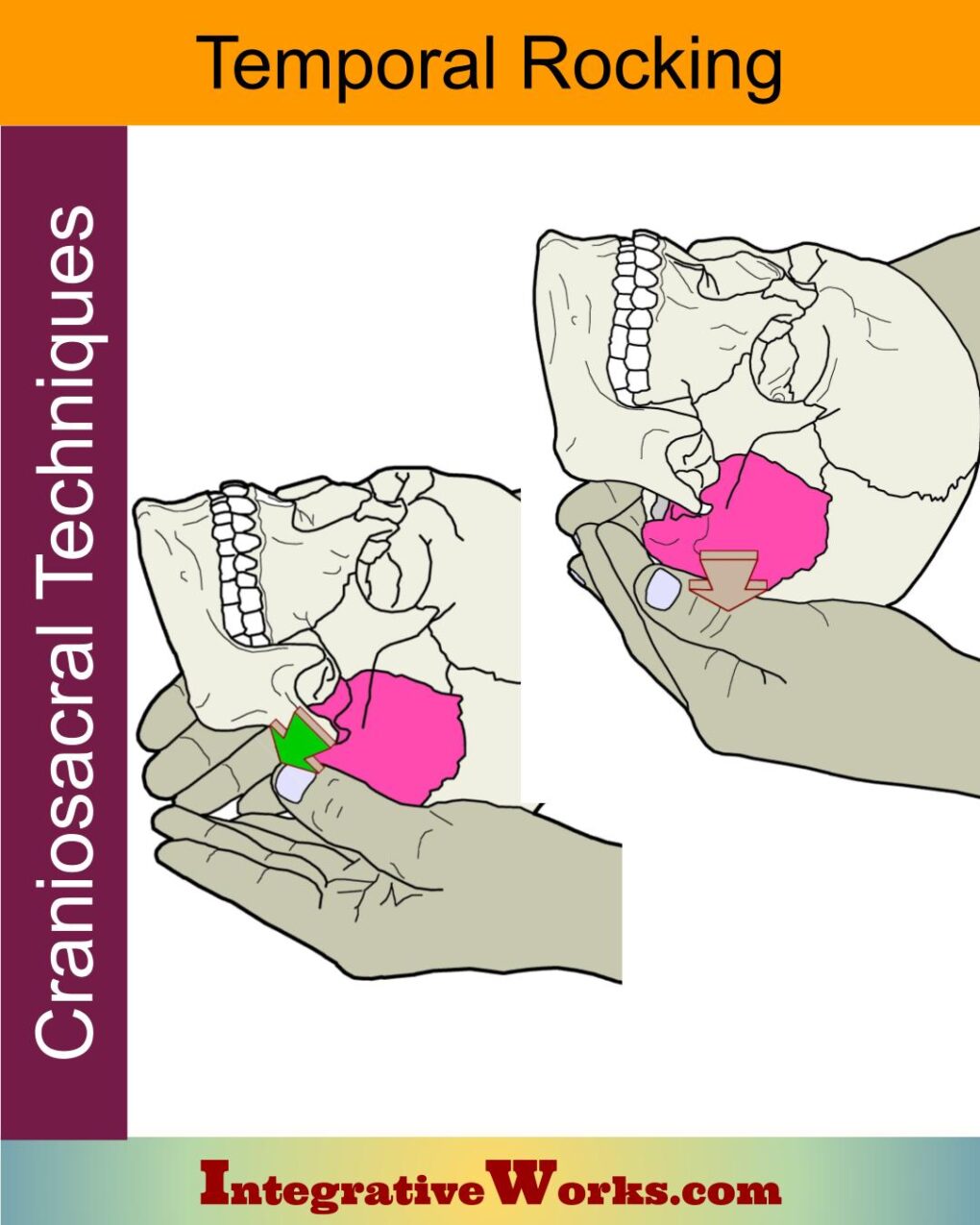
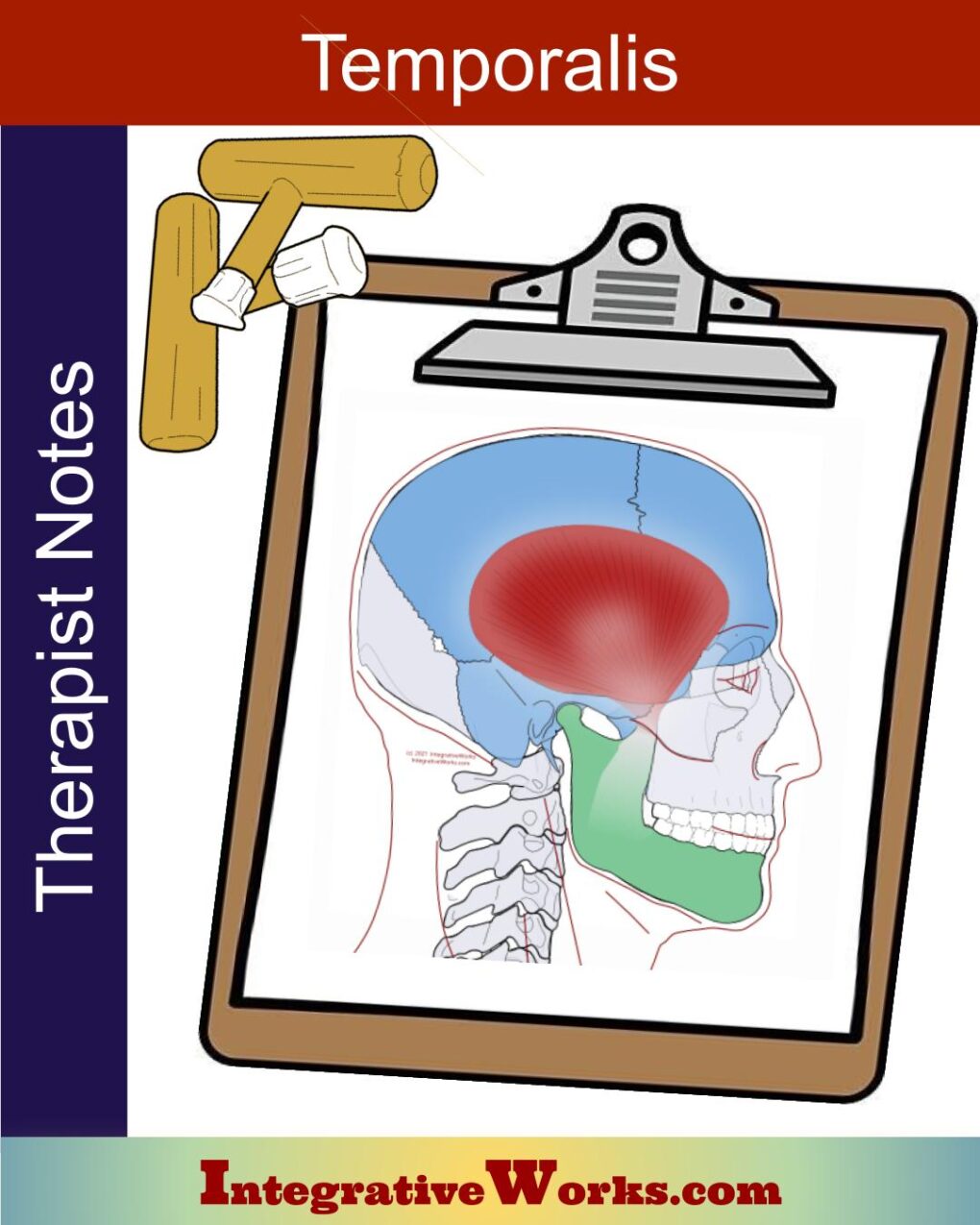
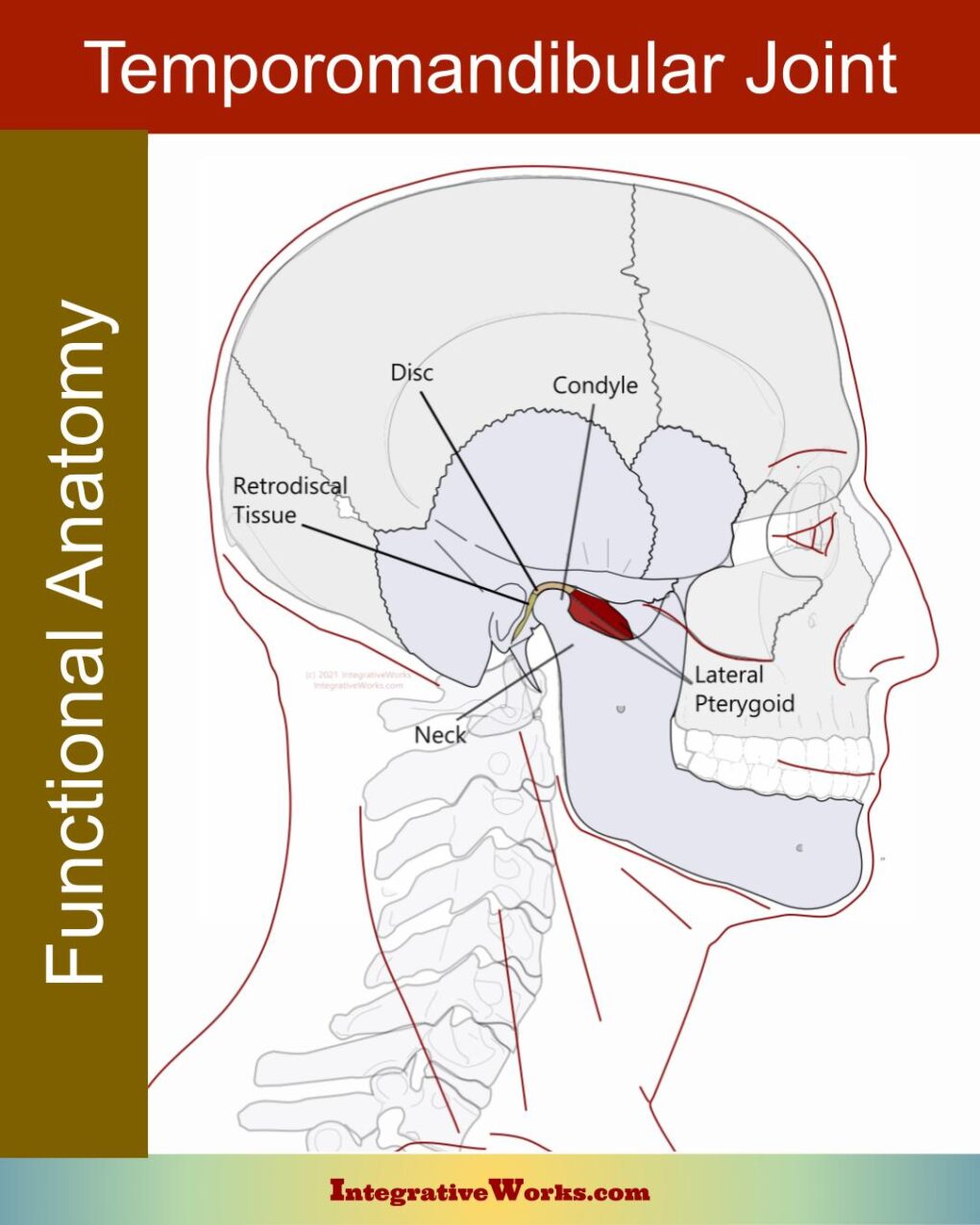

Pingback: Temporal Bone Rocking - Integrative Works